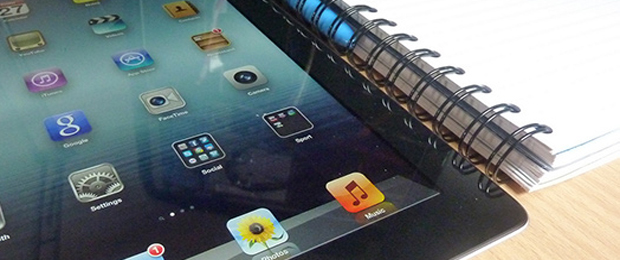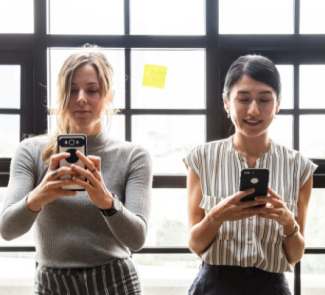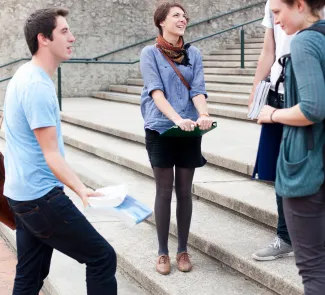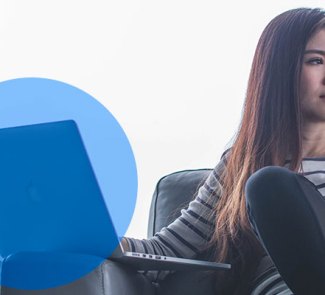New ICTs are revolutionizing every facet of our daily lives. UNESCO itself believes their use may contribute to universal access to education, equality in the exercise of teaching and learning, as well as more efficient management and administration.
In line with this, film-maker and educator David Puttnam said recently that the future of education was very exciting and could not remain isolated living in the pre-digital era. The revolution that education may experience is somewhat comparable to that experienced during the late nineteenth and early twentieth centuries, when Krause’s philosophy was introduced into Spanish education through the Free Institution of Education. The drive of this movement, partly a catalyst for what would become the Generation of ’27, represented the greatest cultural and scientific modernization the country has ever experienced in education.
Today new technologies can help sow the seeds of intellect in society. The Internet and the new digital era offer a paradigm that was previously unknown: universal knowledge and learning through e-learning systems, teaching in massive open online courses (also known as MOOCs). At the same time, new equipment attempts to resemble traditional resources: interactive whiteboards are used in the same way as the classic blackboards, tablets used as workbooks or laptops as a medium for the new digital books.
Tablets as essential teaching resources
What benefits can the new tablets bring to teaching and learning? These devices, larger than smartphones, and equipped with a touchscreen, promote cooperative activities, encouraginging the development of cognitive skills. They also allow students to acquire digital skills from the classroom in order to become integrated in a 2.0 world where teachers and students have replaced traditional methodologies with resources that enhance motivation and learning.
Through these new digital devices, information can be obtained instantly, thus enabling knowledge to be updated in real time. It is also considered, from a pedagogical point of view, that tablets attract the attention of students more strongly and help develop their visual memory and motivation, strengthening their personal autonomy and creativity.

For some time we have been aware of the advantages of using the iPad in education, and adaptation of traditional resources and applications is becoming more evident in these new devices. The release of children’s apps is about reaching a lay audience of young children and seeking applications with which to learn and play simultaneously. Just a few weeks ago, we discovered the adaptation of Spain’s classic Santillana workbooks for iPad devices through their new app Pupitre (meaning ‘desk’), which allows children to learn in the same way as the generations before them did with traditional books, but in a more dynamic and motivating way.
Apple is fully aware that the firm has to constantly reinvent itself in the field of education, where pedagogical innovation plays a key role. So in late January, the vice president of marketing for the company, Philip Schiller, presented iBooks 2 as a way of updating the classic book concept and turn it into a portable, interactive resource including search engines and the ability to be updated. This renewal of electronic books is supported by the development of a tablet like the iPad mini, of smaller size (with a 7.85-inch screen), which offers a much more manageable format for use in the classroom.
But not only Tim Cook’s company has seen education as an opportunity to introduce their new technologies. In September 2012, Imaginarium also presented its Super Paquito tablet adapted for children and slightly larger than the iPad mini (9.7 inches). Among its major advantages is conferring a safe environment, by allowing families to control its use and ensure the privacy and protection of the children.
As Puttnam said, education is far from remaining anchored in the prehistoric times of the non-digital era. It is capable of reinventing itself day by day and adapting its resources to a new 2.0 environment. And so too is Minus is Better, the Spanish company that began its business by developing applications and content for children, and has come to sell a complete technological education kit called D5EN5. This package, which is available for € 595, includes a tablet with digital content, as well as dolls and toys, colouring sheets, a DVD with animations and a teaching support guide.
As the American writer and philosopher Elbert Hubbard would say, «A school should not be a preparation for life. A school should be life.» It is clear that teaching in the 21st Century, having adapted to new ICTs, where tablets play a fundamental role in the classroom, is ready for the new 2.0 revolution, in which students and teachers learn, play and teach all at once through these new devices.









